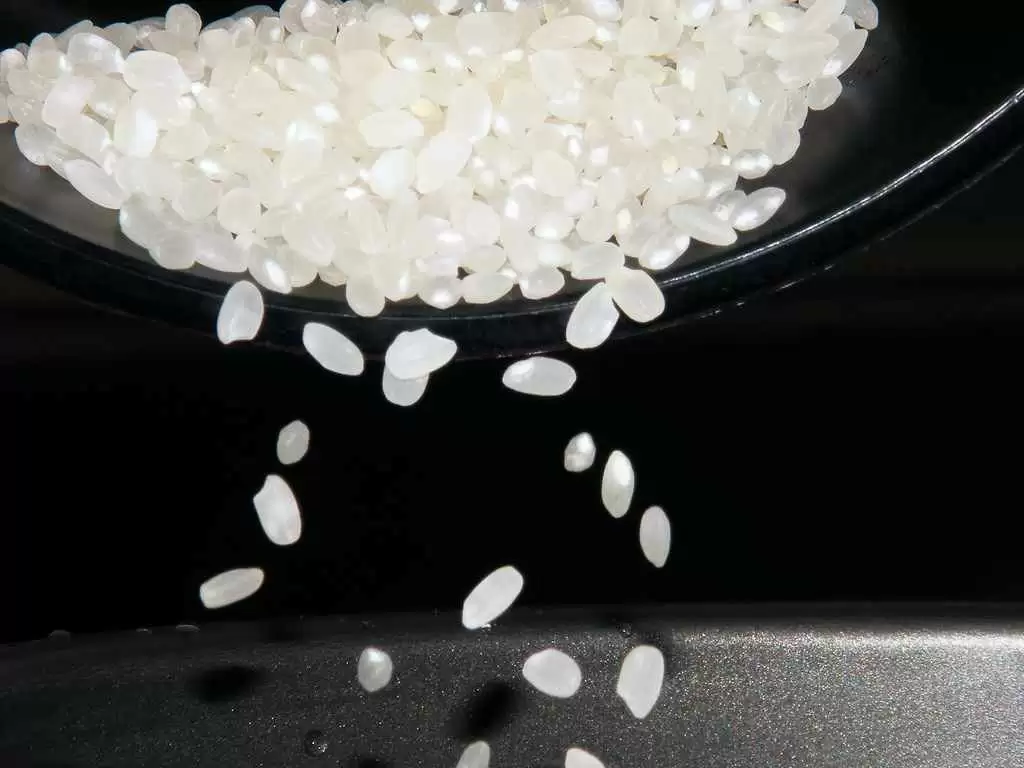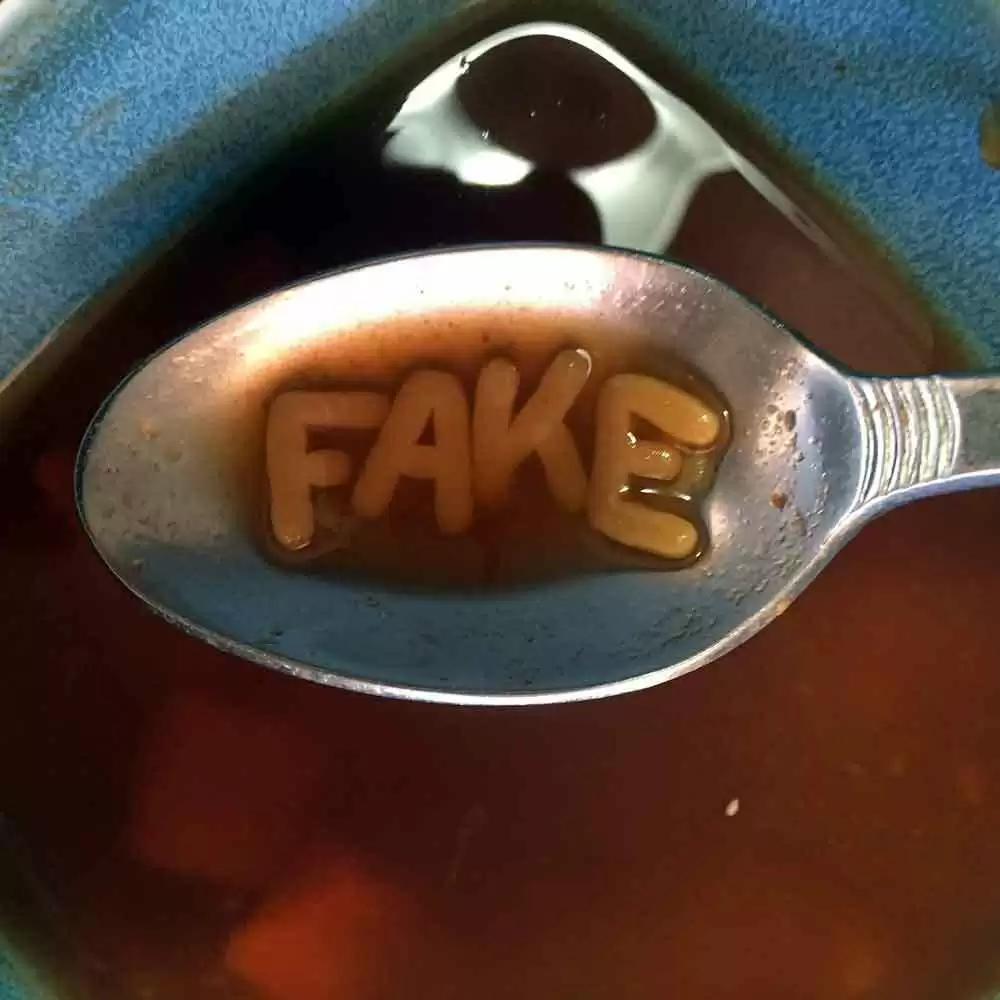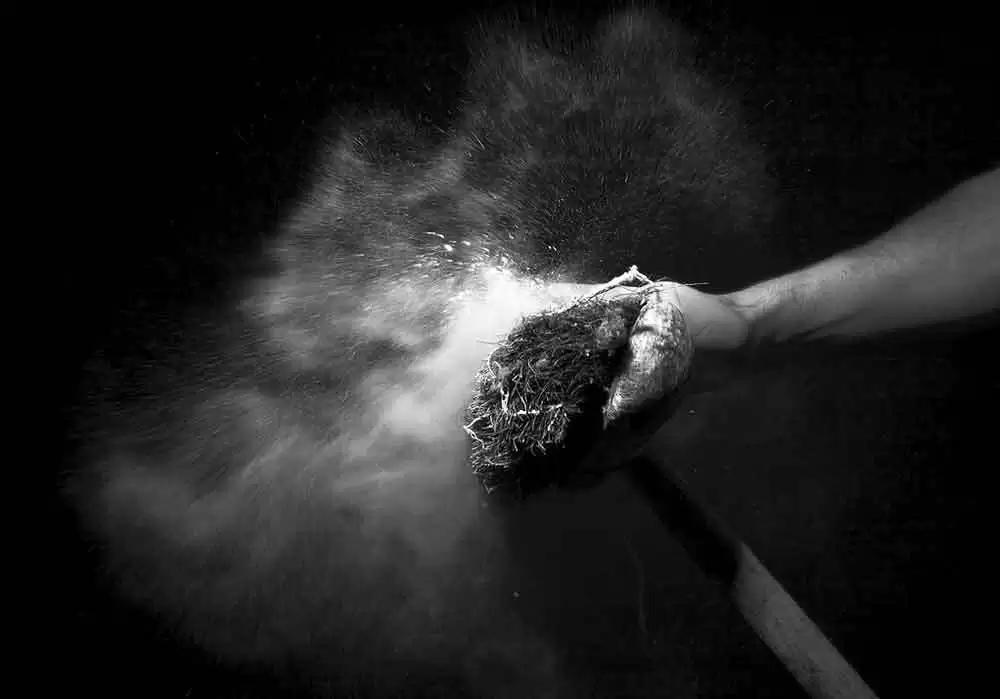
Celiac.com 02/25/2021 - Numerous starch-based gluten-free breads are made with corn, potato starch and hydrocolloids, all of which are low in nutrients and devoid of health promoting compounds.
These types of bread have some advantages. They are often shelf stable, and/or frozen. However, their poor nutritional qualities makes them less appealing to many consumers.
Celiac.com Sponsor (A12):
One solution is to supplement such breads with pseudo-cereals, seeds, fruits and/or vegetables rich in nutritional components, especially antioxidants.
Pulp from red fleshed (Magenta Love) and purple fleshed (Violetta) potatoes is high in dietary fiber, along with endogenous polyphenols, namely flavonoids, flavonols, phenolic acids and anthocyanins with high antioxidant potential.
Because of these nutritional qualities, these potatoes offer tremendous potential for cheaply and easily fortifying starch-based gluten-free breads made with corn, potato starch and hydrocolloids.
Recently, scientists at the University of Agriculture in Krakow (Poland) assessed the effects of various levels of freeze-dried pulp from red and purple potatoes on polyphenol, fiber, antioxidant and acrylamide content in the analyzed gluten-free breads containing the above potato pulp.
They found that pulp from colored flesh potatoes is rich in pro-health compounds, especially fiber and polyphenols. The pulp can be used to fortify gluten-free bread with phenolic compounds and fiber, without reducing favorable properties, such as crumb elasticity, porosity, taste and smell.
Gluten-free bread fortified with 7.5% freeze-dried Magenta Love red potato pulp was high in phenolic compounds, dietary fiber, and antioxidant activity, coupled with low levels of potentially dangerous acrylamide and good physical and sensory qualities. Their team recommends that manufacturers consider using the 7.5% mix for large scale gluten-free bread production.
Since nutritional deficiencies are common in people with celiac disease, improving the nutritional profile of gluten-free breads that are typically made with corn, potato starch and hydrocolloids would be beneficial to numerous people.
Read more in PLoSONE 15(9):e0229841.










Recommended Comments
Create an account or sign in to comment
You need to be a member in order to leave a comment
Create an account
Sign up for a new account in our community. It's easy!
Register a new accountSign in
Already have an account? Sign in here.
Sign In Now